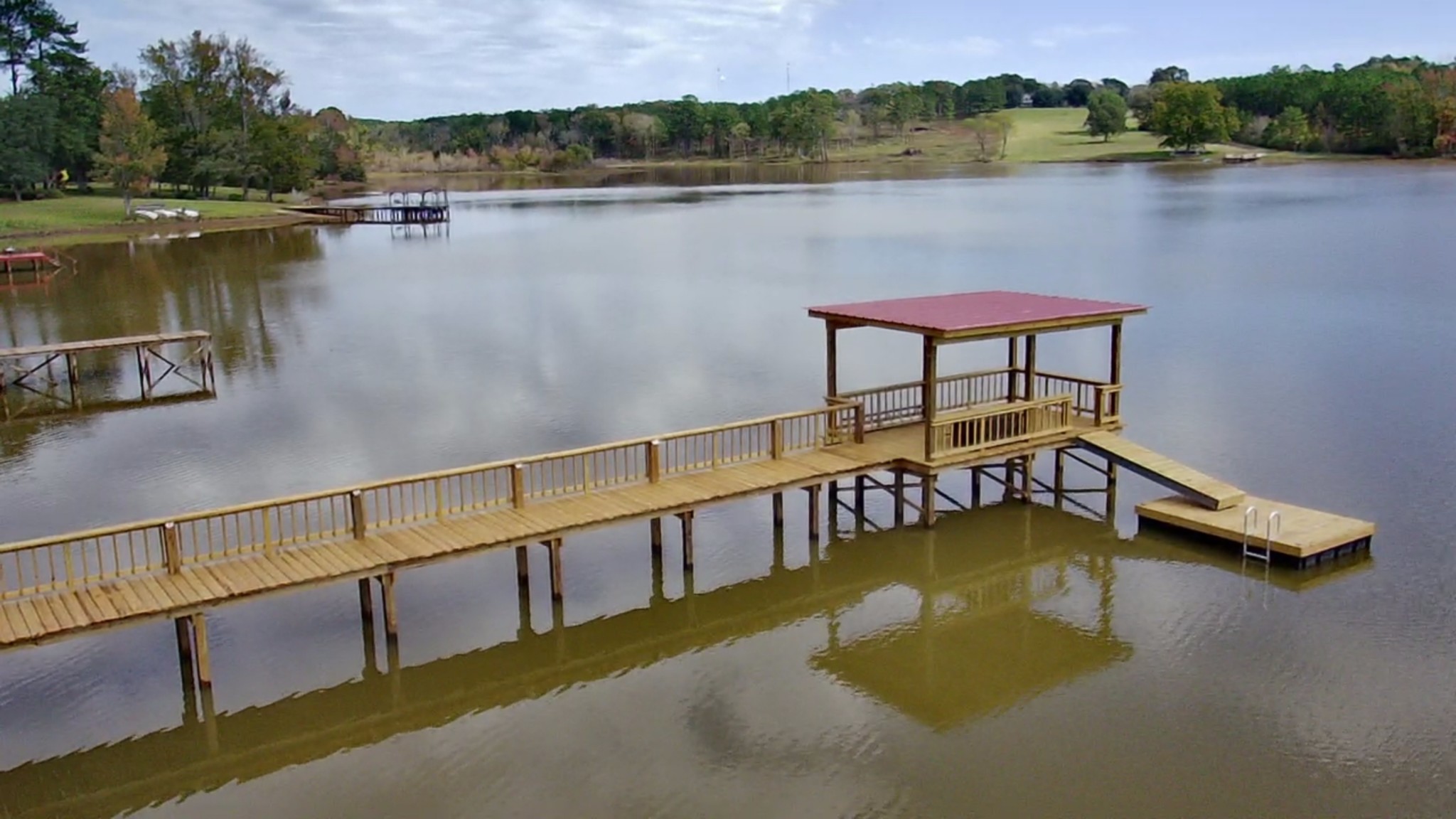Boat houses are unique structures that serve both practical and recreational purposes. They are designed to provide shelter and storage for boats, while also serving as a place for relaxation and enjoyment. Boat house construction involves a careful consideration of various factors, including location, materials, and design. Let's take a closer look at the fascinating world of boat house construction. If you want to know more about boat house construction, you may check this out.
1. Location
Choosing the right location for a boat house is crucial. The proximity to the water, accessibility, and local regulations must all be taken into account. Boat houses can be constructed on land and then transported to the water, or they can be built directly on the water. Each approach has its advantages and considerations. Building on land allows for easier construction and maintenance, while building on the water provides direct access to the boats.
2. Foundation
The foundation of a boat house is one of the most important aspects of its construction. It must be strong enough to support the weight of the structure and withstand the forces of wind and water. Common foundation types include pilings, pontoons, and concrete slabs. The choice of foundation depends on factors such as water depth, soil conditions, and local regulations. Proper engineering and construction techniques are essential to ensure a stable and durable foundation.
3. Materials
The choice of materials for boat house construction is crucial for its longevity and maintenance. Common materials include wood, steel, and aluminum. Wood is popular for its natural beauty and traditional appeal, but it requires regular maintenance to prevent rot and decay. Steel and aluminum offer durability and low maintenance but may be more expensive. The selection of materials also depends on factors such as climate, budget, and personal preference.
4. Design
Boat house design should combine functionality and aesthetics. The layout should provide ample space for boat storage, maintenance, and possible living areas. The design should also consider factors such as wind and wave action, as well as local regulations on height and appearance. Some boat houses feature multiple levels or decks, allowing for different activities and views. The design should also incorporate proper ventilation and lighting to ensure a comfortable and enjoyable space.
5. Features
Boat houses can include various features to enhance their functionality and appeal. These can include boat lifts, slipcovers, and storage areas for equipment and accessories. Some boat houses even have living quarters or entertainment areas, making them a true waterfront retreat. The inclusion of features depends on the intended use of the boat house and the owner's preferences. It is essential to plan and incorporate these features during the construction phase to ensure proper integration and functionality.
6. Maintenance
Maintaining a boat house is essential to preserve its structural integrity and aesthetics. Regular inspections should be conducted to identify any signs of damage or wear. The exterior should be regularly cleaned, and any necessary repairs should be promptly addressed. Additionally, routine maintenance should include checking the foundation, roof, and electrical systems. Proper maintenance will ensure the longevity and enjoyment of the boat house for years to come.
Conclusion
Boat house construction is a complex process that requires careful planning, engineering, and design. From selecting the right location to choosing the materials and incorporating functional features, every step plays a crucial role in creating a durable and enjoyable boat house. Whether it's a simple storage structure or a luxurious waterfront retreat, a well-constructed boat house is sure to provide years of enjoyment and memories.

